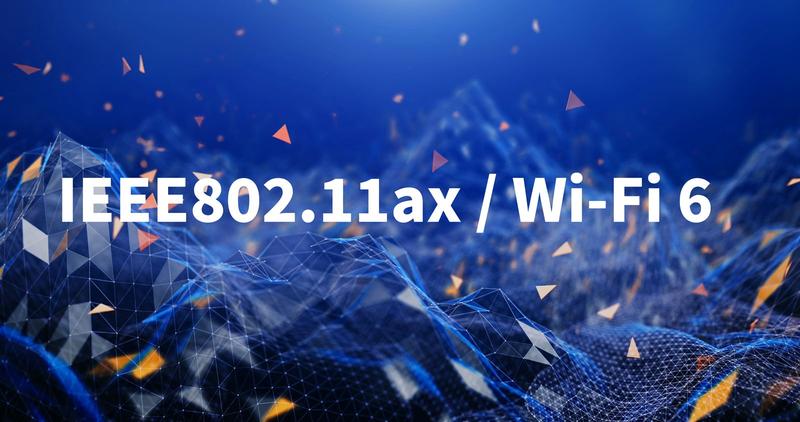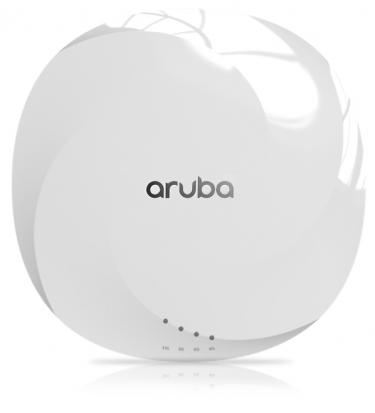Wi-Fi 6E Is Faster Or Slower Than Wi-Fi 6, Performance Measured In Experimental Environment
In some countries and regions overseas, Wi-Fi 6E is already available and wireless LAN access points (APs) that support Wi-Fi 6E are in circulation. Here, we will introduce how much performance the 6 GHz band wireless LAN has for such APs.
In the United States, frequencies from 5925M to 7125MHz can be used for wireless LAN, and several compatible APs are on sale. Among them, I recently obtained the "GT-AXE11000" from Taiwan and ASUS. The GT-AXE11000 is an indoor AP that supports 2.4G/5G/6GHz tri-band. It has obtained "Wi-Fi CERTIFIED 6" and "6 GHz Spectrum Capabilities" certification from the Wi-Fi Alliance, an industry organization.
ASUS GT-AXE11000 (Photo: Toyo Technica) [Click image to enlarge]Spirent Communications' "Spirent TestCenter C50 Appliance Wi-Fi" is a Wi-Fi client that supports the 6 GHz band. 6E compatible high radio model” (hereafter, Spirent TestCenter C50) was used. Spirent TestCenter is a commonly used instrument in the telecommunications industry to measure router performance and scalability. In the model used this time, AP can be evaluated efficiently by emulating a data transmission server with a wired LAN port and a Wi-Fi client with a wireless LAN port.
Spirent TestCenter C50 (right) and Shield Box (left) (photographed by Toyo Technica) [Click image to enlarge]Because the use of wireless LAN in the 6 GHz band is not approved in Japan, it is subject to measurement. The AP was installed in a shield box (anechoic box) and was isolated from the outside. We connected the Spirent TestCenter C50 and the shield box with LAN and coaxial cables, and turned off the power of the AP when opening and closing the shield box.
Screenshot of the measurement tool "TestCenter IQ" (Source: Toyo Technica) [Click image to enlarge]
Let's see the contents and results of this measurement.
First, we measured the forwarding rate to know the forwarding performance of the AP. A forwarding rate is a value that indicates the forwarding performance of a network device defined in RFC 2285. The measurement method is explained in detail in RFC 2889, but the forwarding rate can be calculated from the number of frames transferred by the AP during the traffic application time (here, the time during which test traffic data is sent to the device). Note that RFC (Request for Comments) is a technical specification published by the IETF (Internet Engineering Task Force), which deals with the standardization of Internet-related technologies.
This time, we measured the performance in each of the 5GHz band and 6GHz band under the following conditions.
| Frame Size | 1518 bytes, 512 bytes, 128 bytes |
|---|---|
| Traffic Direction< /th> | Downlink (Wired LAN → Wi-Fi client direction) |
| Traffic load (Intended Load) | 1000Mbps |
| Duration | 30 seconds |
AP has 5GHz band Both of the 6 GHz bands set the channel width to 80 MHz, and the Wi-Fi client was connected to only one terminal that supports 2 x 2 MIMO. WPA2-Personal is standardized as the authentication method.
This article is for paid members only. Please log in or apply on the next page.
Next page The graph below shows the measurement results of the forwarding rate...


![[Osaka Marriott Miyako Hotel] Plenty of cheese! Italian buffet held company release | Nikkan Kogyo Shimbun electronic version](https://website-google-hk.oss-cn-hongkong.aliyuncs.com/drawing/article_results_9/2022/3/28/1061eb31530c979d7b766ae1877b113a_0.jpeg)




